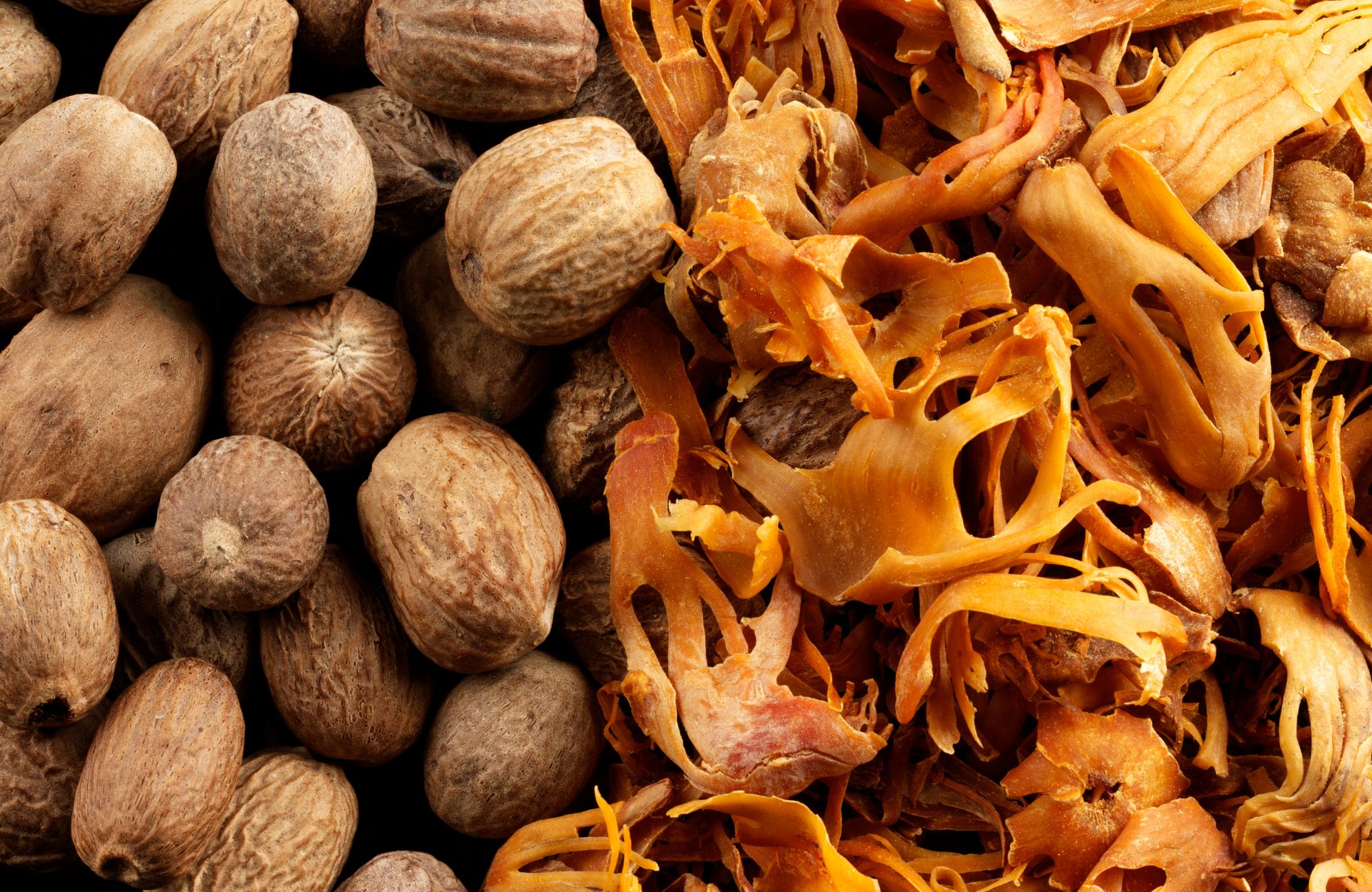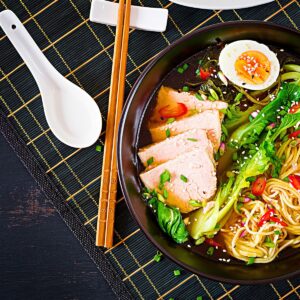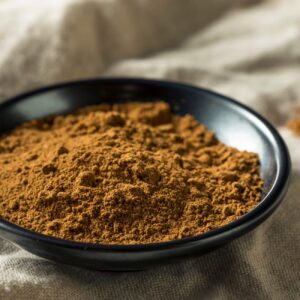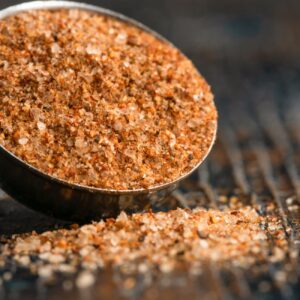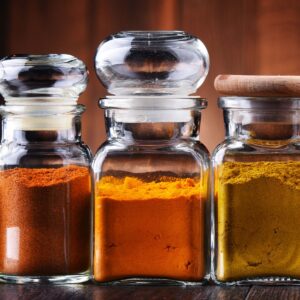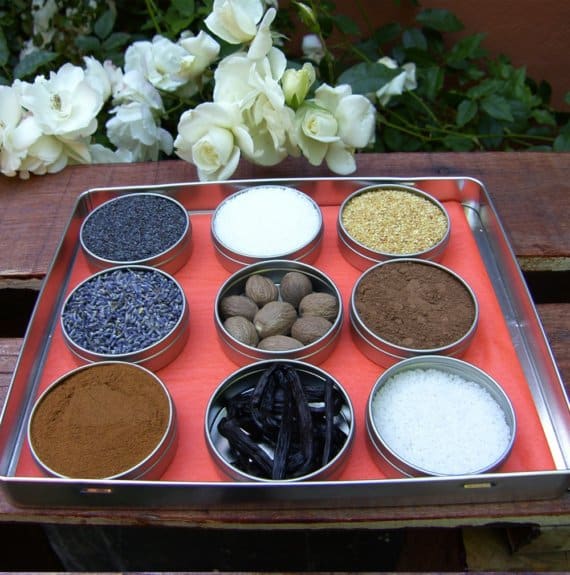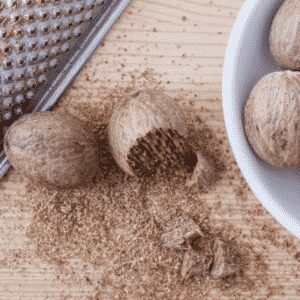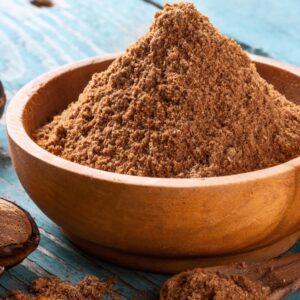Mace is a spice that, despite its similarity to nutmeg, offers a distinct flavor and a host of benefits both in culinary arts and traditional medicine. This article explores the unique characteristics of mace, its medicinal and culinary versatility, and some examples of dishes and desserts that showcase this exquisite spice.
What is Mace?
Mace is the dried, lacy coating of the nutmeg seed from the nutmeg tree (Myristica fragrans), native to the Spice Islands of Indonesia. The aril, once dried, turns a reddish-orange color and is known as mace. It is slightly milder and more delicate than nutmeg and is highly prized for its aromatic and culinary properties.
This unique spice is available at our Spice Station Shop! You can check it out here: MACE SPICE
Medicinal Uses
This spice has been used in traditional medicine for centuries, primarily in Indian and Chinese cultures. Its health benefits include:
Digestive Health: Mace is known to help in digestion by stimulating the secretion of digestive enzymes, thus relieving bloating, gas, and indigestion.
Pain Relief: It has analgesic properties that help relieve pain, especially muscle and joint pain. Applying mace oil can soothe aches and pains due to its anti-inflammatory properties.
Dental Health: It is used in several dental products for its antibacterial properties, which help in protecting tooth enamel and preventing cavities.
Anti-inflammatory Properties: The spice is also known to reduce inflammation and promote circulation, making it beneficial for those suffering from arthritis or circulatory issues.
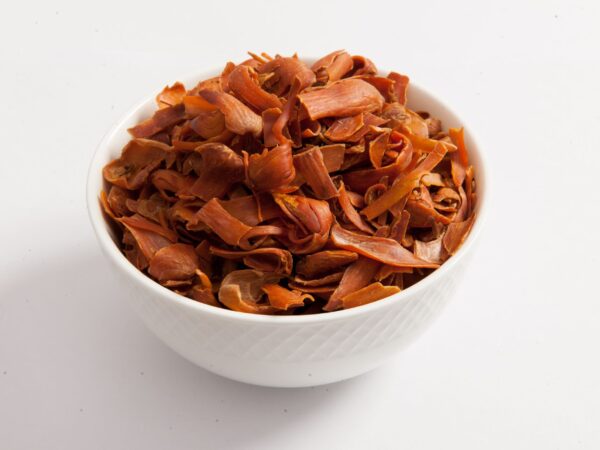
Culinary Uses
In the kitchen, mace is incredibly versatile. It can be used whole or ground, though it is most commonly sold in ground form. It adds a sweet and spicy flavor that is subtler than nutmeg, making it suitable for both savory and sweet dishes. Here are some of its uses:
Savory Dishes: This spice shines in savory dishes. It is a component of many spice blends, including garam masala and curry powders. It’s particularly good in rich meat dishes, stews, and sauces.
Sweet Dishes: In sweet dishes, it adds a delicate warmth that is perfect for baking. It is commonly used in spice cakes, puddings, and fruit desserts.
Beverages: It contributes a warm note to beverages such as mulled wine, hot cider, and chai teas.
Examples of Dishes and Desserts Using Mace
Savory Dishes
Mace-Infused Chicken Curry: A creamy curry where mace powder is used to season the chicken, giving it a distinctive, aromatic flavor that complements the richness of the sauce.
Butternut Squash Soup: A sprinkle of this spice adds complexity to this velvety soup, enhancing the natural sweetness of the squash.
Desserts
Spiced Apple Pie: Incorporate ground mace in the filling for a subtle, spicy note that pairs beautifully with cinnamon and apples.
Pumpkin Spice Cake: The spice can be used as part of a pumpkin spice blend to add depth to autumnal desserts like pumpkin cake or muffins.
Beverages
Mulled Wine: The blades add a layer of spice to this warm, festive drink, making it a holiday favorite.
Mace, with its delicate flavor, is more than just a background spice. Whether it’s used to enhance flavor to a dish, add a medicinal benefit to a natural remedy, or provide a comforting warmth to a beverage, this spice offers a versatility that few other spices can match. By incorporating it into your cooking, you can elevate simple dishes to something truly special while enjoying the health benefits it brings. Try experimenting with mace today, whether you’re a professional chef or a home cook.

